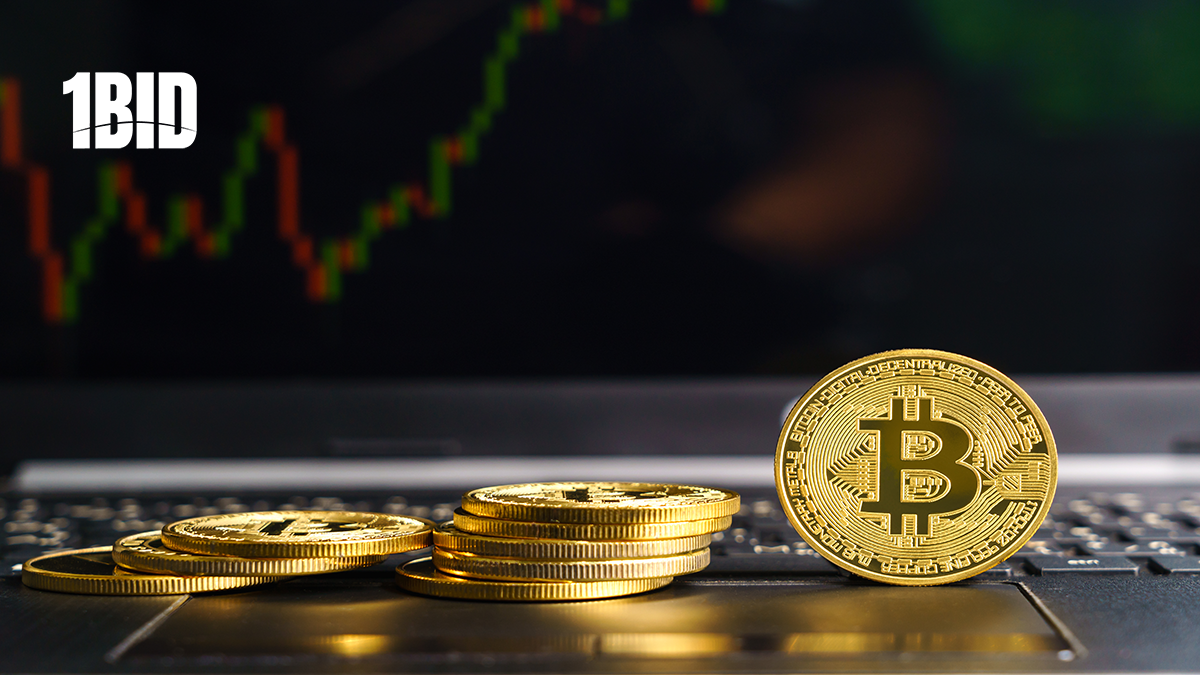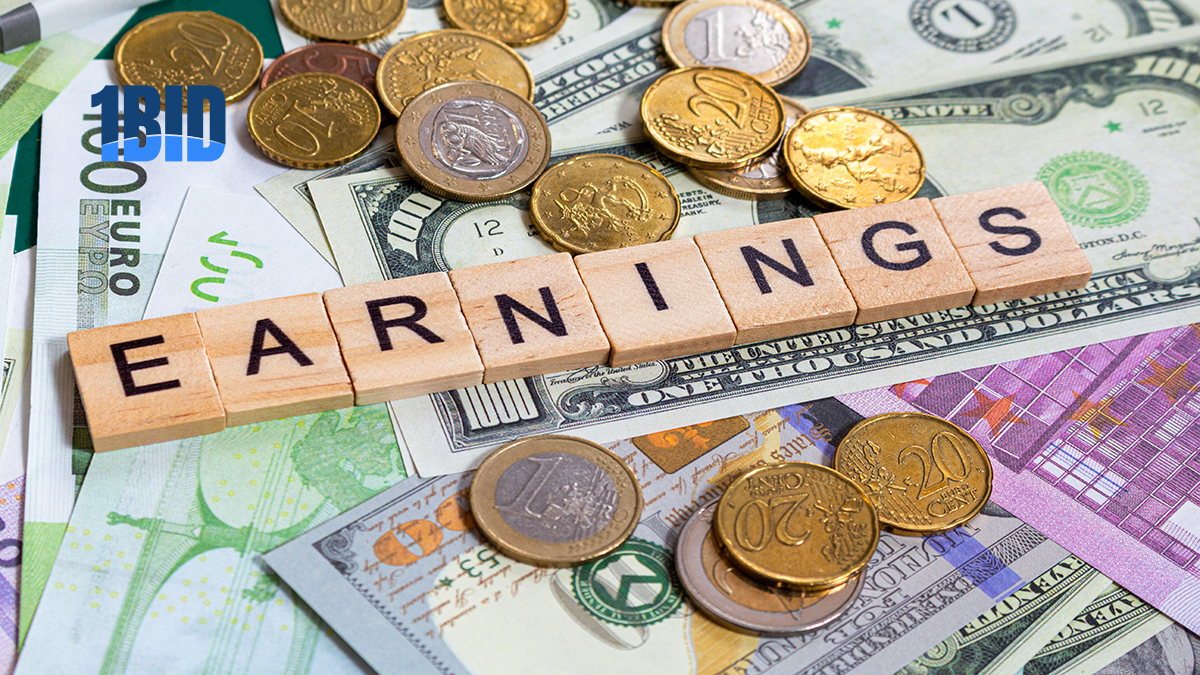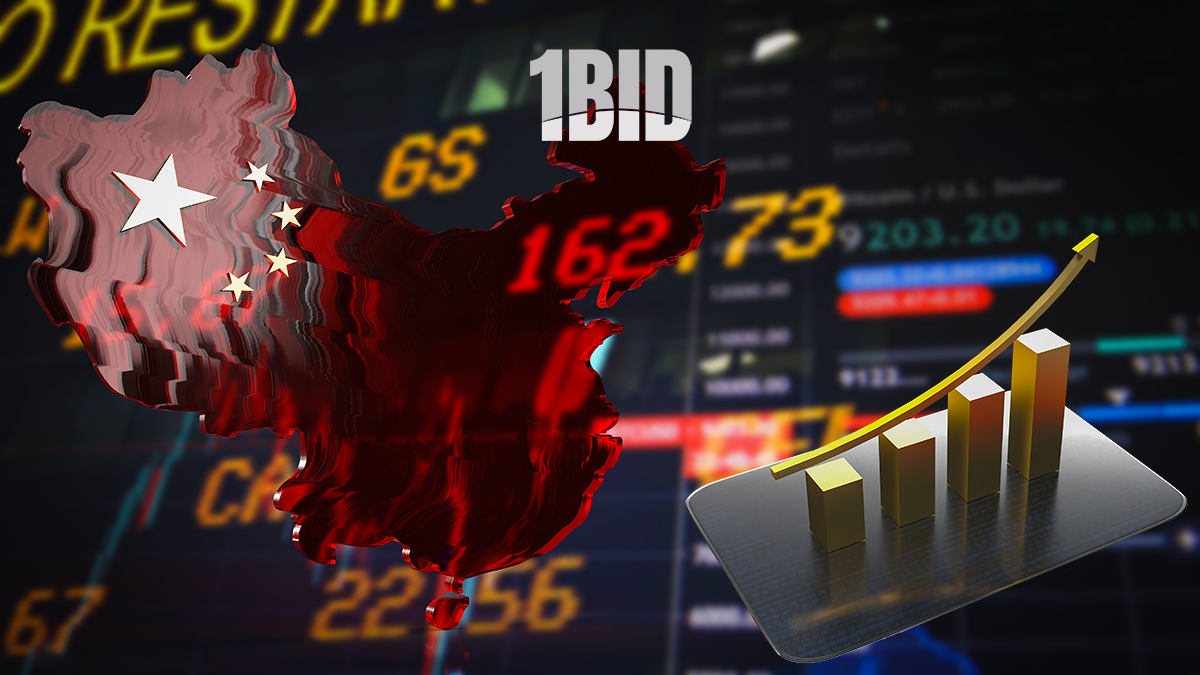The potential for a surprise announcement could disrupt the S&P 500’s impressive $3.3 trillion rebound, which followed a global growth scare in early August that triggered the worst selloff of the year. Despite this, bulls have regained control, with the equities benchmark on a seven-session winning streak. Investors poured $5.5 billion into US equities in the week through Wednesday, according to EPFR Global data cited by Bank of America Corp.
Bill Dudley, a Bloomberg Opinion columnist and former head of the New York Fed, suggests that Powell will likely indicate that tight monetary policy is no longer necessary. However, Dudley does not expect Powell to specify the size of the first cut, especially with a jobs report due on September 6, which the Fed will consider before its next policy decision on September 18.
Wall Street is hopeful that the worst of this summer’s market turmoil is over, with the S&P 500 just 2% shy of its all-time high. Traders anticipate a calm market ahead, as evidenced by the high open interest in options betting on a decline in the Cboe Volatility Index, relative to contracts betting on gains.
Despite this optimism, traders have scaled back their large bets on a September rate reduction, now pricing in roughly 30-basis points of easing next month. This suggests that the perceived market risk from Jackson Hole is diminishing, with investors no longer expecting aggressive cuts, which have historically been used to counter slowing growth, according to US Bank’s Hainlin.
A Fed chair’s speech at Jackson Hole typically does not significantly impact the stock market unless it precedes a major shift in monetary policy. Powell’s appearance at Jackson Hole in August 2022, where he warned of the need to maintain restrictive monetary policy to combat inflation, is still fresh in traders’ minds. Stocks dropped 3.4% that day and fell another 3.3% in the following week.
With three policy-setting meetings remaining in 2024, traders are betting that the Fed will respond to signs of labor market weakness by cutting rates as inflation moves closer to its 2% target. Underlying consumer prices eased for the fourth consecutive month in July, while strong retail sales data indicated robust consumer spending, allowing officials to consider a less aggressive policy stance.
Wall Street extended its gains as the dollar weakened on Monday, following last week’s strong stock market performance. Expectations that the U.S. economy will avoid a recession and that cooling inflation will lead to a cycle of interest rate cuts have buoyed markets.
In the U.S., Federal Reserve members Mary Daly and Austan Goolsbee recently highlighted the possibility of easing in September. The minutes of the last policy meeting, due this week, are expected to reinforce this dovish outlook. Futures markets are fully pricing in a quarter-point move, with a 25% chance of a 50 basis point cut, depending on the upcoming payrolls report.
The Fed is not alone in considering looser policy. Sweden’s central bank is also expected to cut rates this week, potentially by an outsized 50 basis points. In currency markets, the dollar fell 0.77% to 146.47 yen, while the euro strengthened to $1.103, just below last week’s peak of $1.1034.
Even as markets have stabilized, it is important to remember that the economic fundamentals behind the global market selloff two weeks ago have not entirely disappeared, as noted by Deutsche Bank macro strategist Henry Allen.








